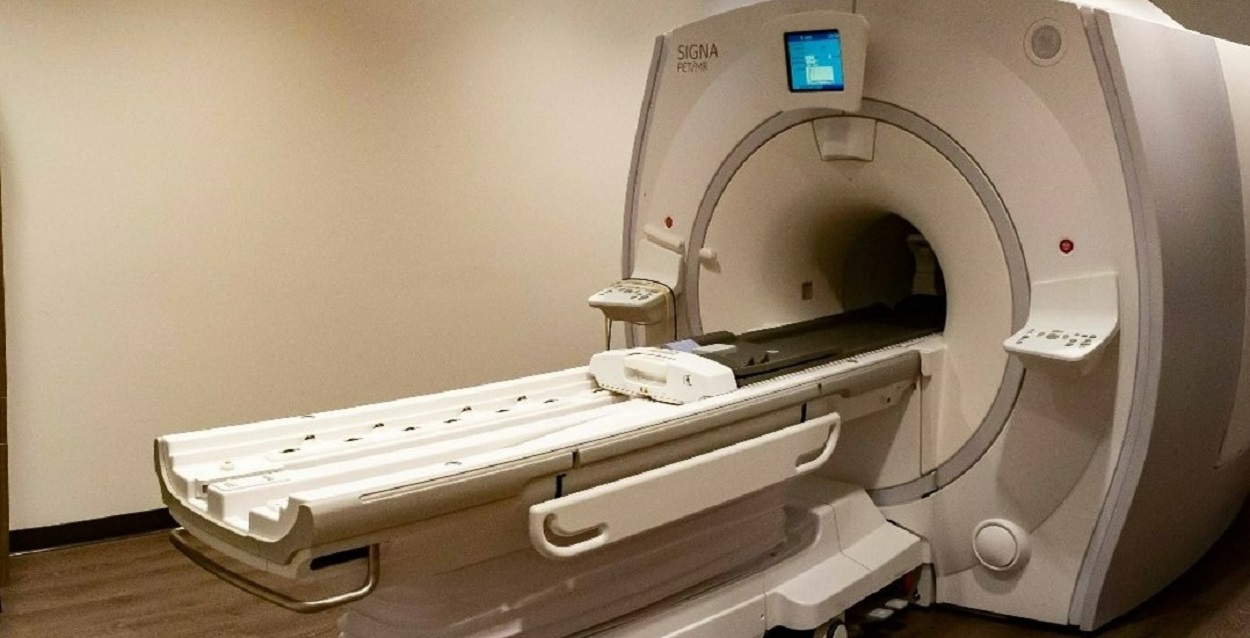
PET/MRI
CURIC operates state-of-the-art GE Signa AIR PET/MRI scanner (supported by The Marcus Foundation):
- the clinical-grade 3-Tesla MR scanner
- with a series of PET detector rings centered within the MRI magnet
- the scanner allows for simultaneous acquisition of data for MRI and PET modalities
Major application of PET/MRI include:
- traumatic brain injury (TBI)
- neurodegeneration (Alzheimer’)
- multiple sclerosis
- movement disorders
- cardiac disease
- oncology and cancer treatment (theranostics)
- addiction disorders
- musculoskeletal (MSK) imaging
- metabolic disorders
Additional information on MRI Coils and Software:
- XRMW Gradients (Peak amplitude 44mT/m; Max slew rate 200 T/m/s)
- Body transmit/ receive coil
- Head Neck Unit (HNU) 19-ch coil
- Two Head 48-ch coils
- Spine 40-ch coil
- Two AIR (Adaptative Image Receive) Anterior Array 30-ch coils
- AIR MP Large 21-ch coil
- AIR MP Medium 20-ch coil
- Flex Array Large 16-ch coil
- Flex Array Medium 16-ch coil
- Flex Array Small 16-ch coil
- Nordic NeuroLabs fMRI hardware
- GE MR30.1_R04_2421.a acquisition software